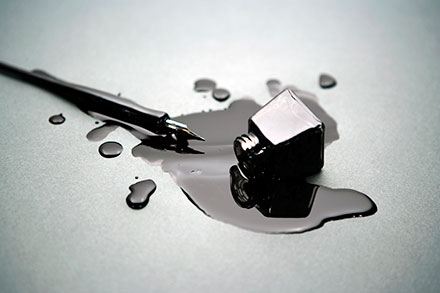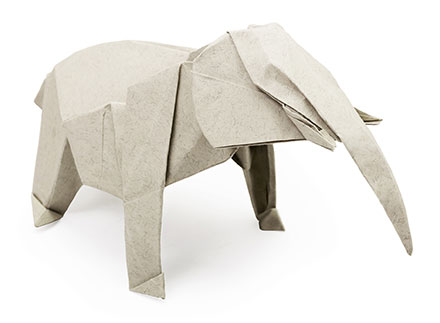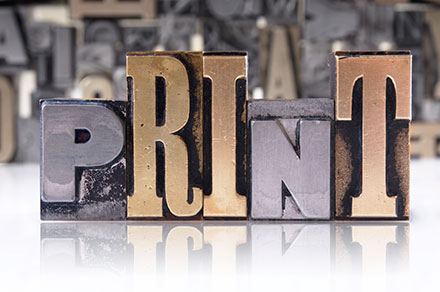Printing Techniques: Using Different Substrates
Printing doesn’t always have to be on paper.
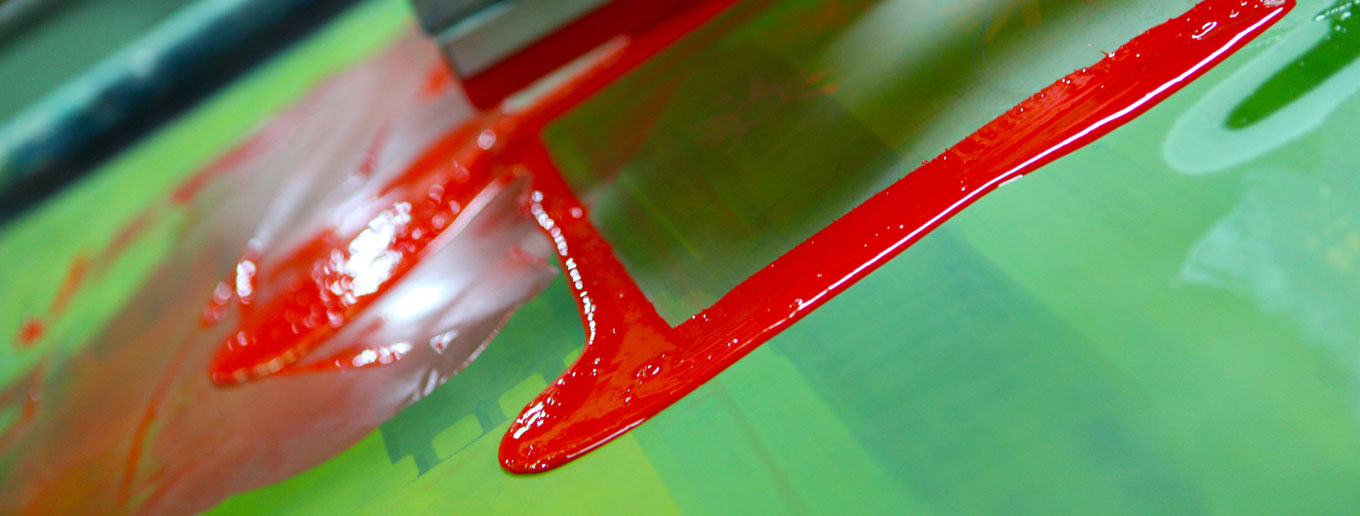
We think a lot about the text and images used on our collateral but we don’t always think about the material on which we’re printing.
There are many substrates available today that we couldn’t even consider in the past. This is the last in a four-part series about how to use printing techniques to enhance your brand.
Why use a different substrate?
Sometimes you need to use a different material based on the design’s application. Maybe you’re designing a banner, a t-shirt, or a tote bag. Those need to be printed on fabric. Other times using a unique material can make your design stand out from the competition. A wood or metal business card is certainly going to catch your eye more than a paper one. Additionally, you might want to create a tactile experience with the substrate you choose. A paper with texture or a high cotton content can give your customers a sensory connection with your brand.
Fabric
Fabric is used most often for banners, t-shirts, and bags but can be used in other ways to make your project distinctive. Perhaps you use it as a book wrap or belly band. A fabric hang tag always feels more high-end for luxury items.
There are several ways to print on fabric. Ink jet is the most common for banners. It uses 4-color process inks and is great for photography, especially at a distance.
For images with more solid areas of color, you’ll want to use screen printing. This process also allows you to match spot colors to your brand palette.
Embroidery is another option for getting your image onto fabric. It has a handmade and high-end feel that might be appropriate for your brand.
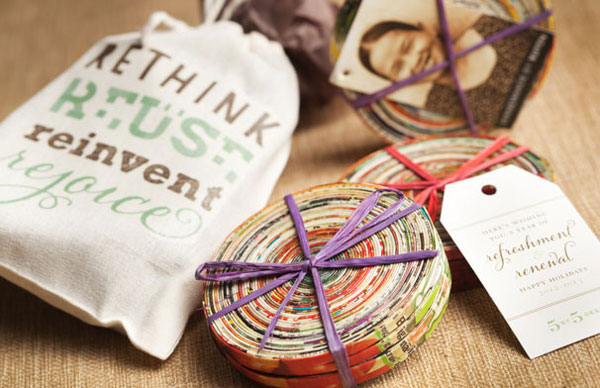
Wood
Wood has been used a lot in the past for things like signage, plaques, and containers but these days there is a wood veneer thin enough to go through a printing press. It can even be used with digital presses for short runs. Think about it for postcards, business cards, notebook covers—really anything that doesn’t require folds.
If you want to use a thicker piece of wood for something like signage, screen printing or vinyl application are two ways to get your image on the surface.
For a very high-end and custom look you can use engraving. Wood gives a warm, inviting touch to any piece of collateral.
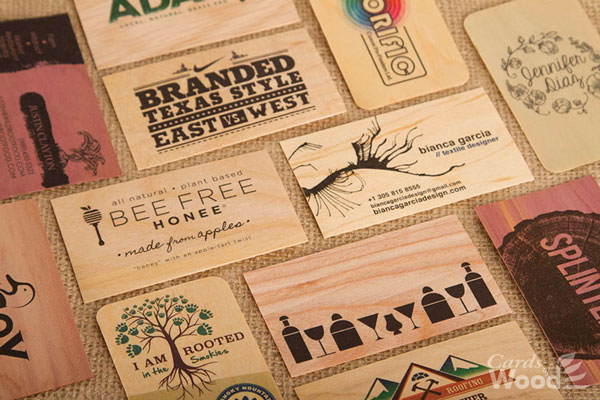
Image from Cards of Wood
Metal
Metal is cool, sophisticated, and high-tech. It can be engraved, laser cut, screen printed, or incorporate a vinyl application. You can also use a combination of metal and paper labels if you need to save on costs. It is great for business cards, notebook covers, signage, and awards. Use it for something unexpected to elevate your brand from the ordinary.
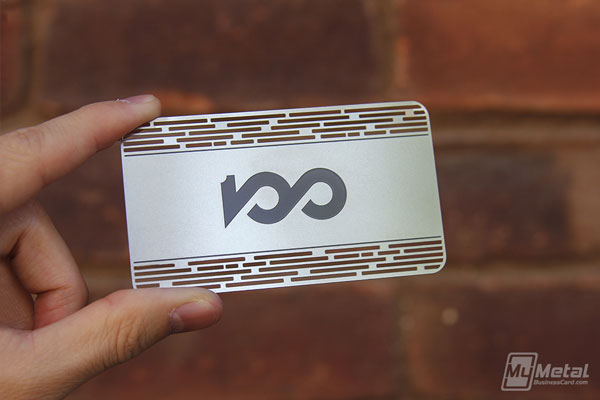
Image from My Metal Business Card
Alternative paper choices
Not ready to move away from paper? No problem. You can still up your branding game by what paper you choose. Something with a high cotton content will give a tactile addition to your brand experience. A duplex stock (two different papers sealed together) adds thickness to the sheet and allows you to add some color to the mix before you even add any ink. And heavy cardstock or chipboard can give you an edgy or environmental look, depending on how it is used.
Simply choosing a paper with a unique texture or a metallic finish can also elevate your marketing materials.
Think about using one of these substrates on your next branding project. Which one will enhance your brand’s image?
Printing Techniques: Ink Alternatives
You don’t always need to use ink to make your mark.
Printing Techniques: Modifying the Paper
Modify the paper on printing jobs to add impact.
Printing Techniques: Coatings
Are they right for your brand image?

